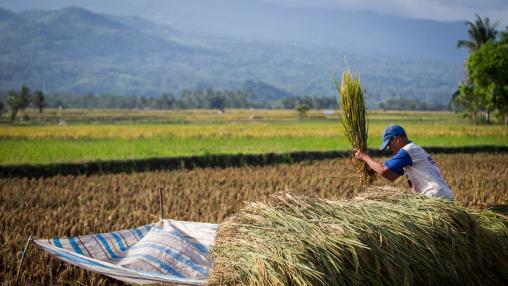
Food, fertilizer prices fall, but concerns over inflation remain
Food prices fell by 0.8 percent in January, according to the FAO Food Price Index. This latest decline brings the Index to the lowest point seen since its peak in March 2022.
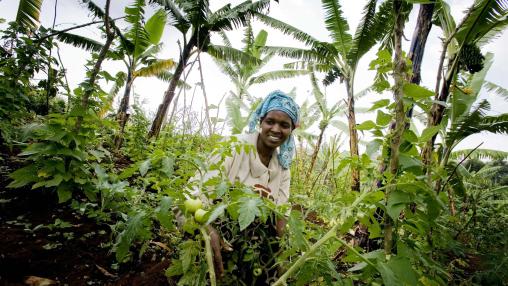
What Is the Investment Needed to End Chronic Hunger?
In 2019, an estimated 690 million people around the world were undernourished, and nearly 3 billion people were unable to afford healthy diets. The world has the potential to make significant progress in reducing those numbers by 2030 – with the right investments.
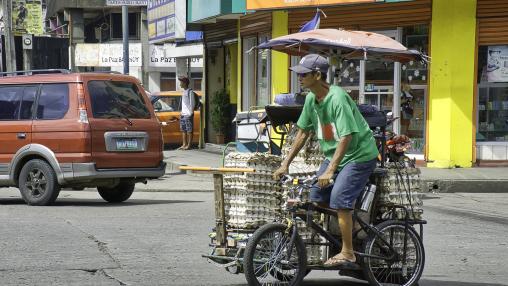
Is food price inflation really subsiding?
Almost a year after the February 2022 Russian invasion in Ukraine, fears of a period of sustained high global food prices have subsided somewhat, but eight major concerns for food security remain.
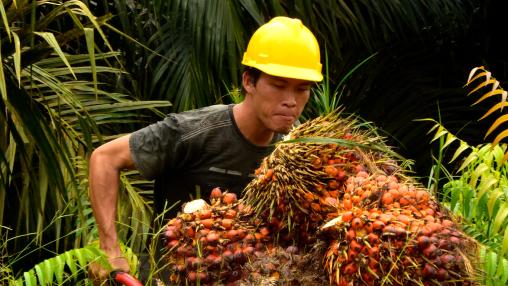
Food export restrictions have eased as the Russia-Ukraine war continues, but concerns remain for key commodities
In the weeks following Russia's invasion of Ukraine in late February 2022, several countries imposed export restrictions—including licensing requirements, taxes, and some outright bans—on a variety of feed and food products. These measures helped to fuel war-related disruptions in global markets and contributed to higher prices and increased price volatility.
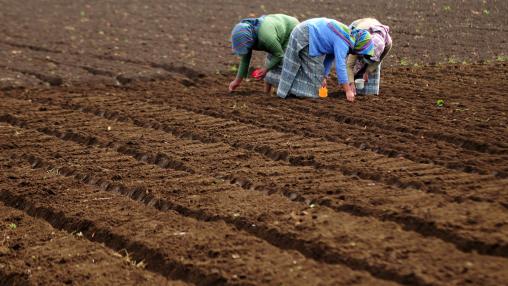
The harmful environment impacts of agricultural subsidies and prospects for reform: IFPRI policy seminar
Globally, agricultural support is high—totaling about $600 billion annually—and continues to increase. The harmful impacts of subsidies on trade are widely known, but their harmful environmental impacts are less well-understood. This was the theme of a December 14 policy seminar organized by IFPRI in collaboration with the University of Adelaide, Australia (UA).
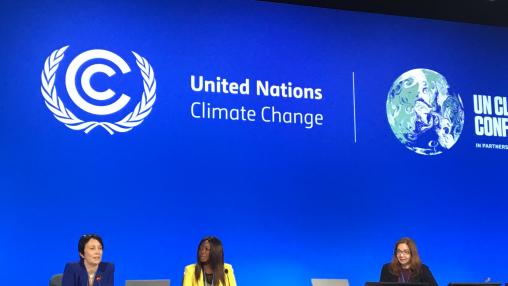
The Role of Food Systems in Closing the Global Emissions Gap
As the world grapples with the increasing impacts of climate change, global policymakers need to take much stronger action to reduce the emission of greenhouse gases (GHG). This is the message from the recent UN Environment Programme’s Emissions Gap Report 2022. The report provides the stark conclusion that current national climate change pledges can only limit global warming rises by 2.4-2.6°C by the end of the century – far from the 1.5°C goal set forth by the Paris Agreement. To stand a chance of reaching that ambitious goal, global GHG emissions need to be cut by 45 percent by 2030.

FAO Food Price Index Released
The FAO Food Price Index held steady in November and was only 0.3 percent above its November 2021 level. Rising vegetable oil prices were checked by declines in cereal prices.
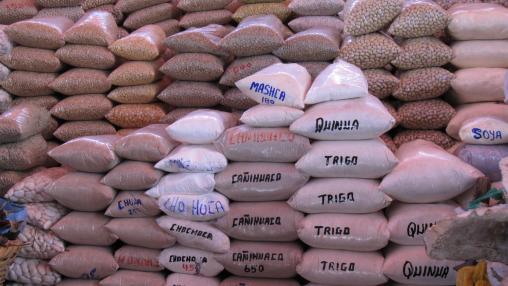
FAO Food Outlook Sees Surging Food, Agricultural Import Bills
The latest Food and Agriculture Organization of the United Nations (FAO) Food Outlook, released on November 11, 2022, sees continued challenges for global food security due to high energy and fertilizer costs, climate change, trade restrictions, economic downturns, and continuing conflicts around the world.
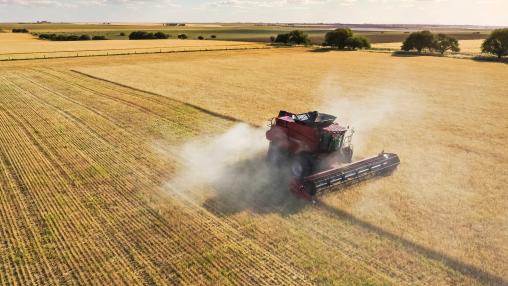
Can agricultural exports from Southern Cone countries make up for global supply disruptions arising from the Russia-Ukraine war?
The economies of the Southern Cone (Argentina, Brazil, Chile, Paraguay, and Uruguay), major agricultural exporters still recovering from the negative impacts of the COVID-19 pandemic, have benefited from the rise in international prices accompanying the Russian invasion of Ukraine. With the war disrupting global supplies, the net exporting countries of the region have the opportunity to increase their exports.
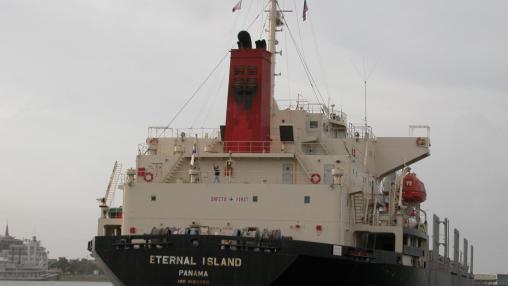
How sanctions on Russia and Belarus are impacting exports of agricultural products and fertilizer
The sanctions imposed by the European Union, United States, Canada, and other countries on Russia and Belarus following Russia’s February 24 invasion of Ukraine included restrictions on banking, trade, technology transfers, and specific individuals. These came on top of earlier sanctions on both countries – on Russia, in response to its 2014 annexation of Crimea, and on Belarus, in response to human rights violations in 2020 and its forced grounding of Ryanair flight 4798 to seize a dissident journalist in 2021.